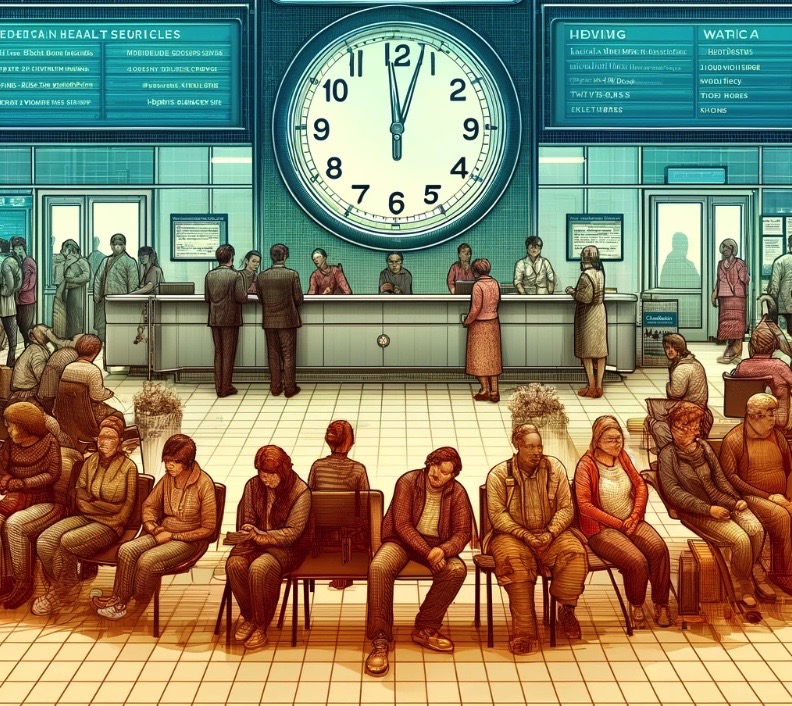
Strategies for Reducing Average Wait Times for Mental Health Services in California
In California, the average wait time for mental health services poses a significant challenge for individuals seeking timely care. These delays can impact patient outcomes, increase costs, and exacerbate mental health conditions. Addressing this issue is vital for improving the state’s mental health system. This article explores effective strategies being implemented to reduce wait times across California, enhancing access to care and improving patient experiences.
Optimization of Resource Allocation One of the primary strategies to reduce wait times is the optimization of resource allocation. This involves a strategic deployment of mental health professionals and facilities across the state, ensuring that resources are available where they are most needed. By analyzing patterns of demand and identifying high-need areas, healthcare administrators can allocate resources more effectively, thereby reducing bottlenecks and improving service delivery.
Expansion of Telehealth Services The expansion of telehealth services has proven to be a game-changer in reducing wait times for mental health care. Telehealth allows patients to receive timely consultations and therapy sessions from the comfort of their homes, reducing the need for physical travel and alleviating pressure on physical healthcare facilities. During the COVID-19 pandemic, the utilization of telehealth in California saw a significant increase, a trend that continues to benefit patients by offering more flexible and immediate care options.
Workforce Development Increasing the number of qualified mental health professionals is critical to reducing wait times. California has invested in workforce development through various initiatives, including scholarships and loan forgiveness programs for mental health students, and grants for training programs. By expanding the workforce, the state ensures that there are enough professionals to meet the growing demand for mental health services.
Legislative and Policy Changes Legislative efforts play a crucial role in addressing wait times. Recent legislative measures in California have focused on reducing administrative barriers to care, improving insurance reimbursement processes, and increasing funding for mental health services. These policy changes are designed to streamline the process from the initial request for help to the provision of care, thus shortening the wait times significantly.
Public Awareness and Stigma Reduction Increasing public awareness about mental health issues and reducing stigma are also essential strategies. By educating the public on the importance of mental health and the availability of services, more individuals are encouraged to seek help early when symptoms are more manageable. Early intervention can lead to more timely care and reduce the overall demand on urgent and emergency services.
Integrated Care Models The implementation of integrated care models is another effective strategy. These models involve the collaboration of primary care providers, mental health specialists, and other healthcare professionals to deliver comprehensive care. By integrating services, patients can receive quicker assessments and referrals, speeding up the treatment process and reducing wait times.
Utilization of Data and Technology Finally, leveraging data and advanced technology to predict trends and manage healthcare delivery can significantly impact wait times. Implementing data-driven decision-making processes allows healthcare providers to anticipate demand spikes, manage patient flow more effectively, and allocate resources dynamically, which in turn reduces wait times.
In conclusion, reducing average wait times for mental health services in California requires a multifaceted approach, combining technology, policy reform, workforce development, and public education. Through these strategic interventions, California aims to build a more responsive and efficient mental health care system that meets the needs of its diverse population promptly and effectively.









